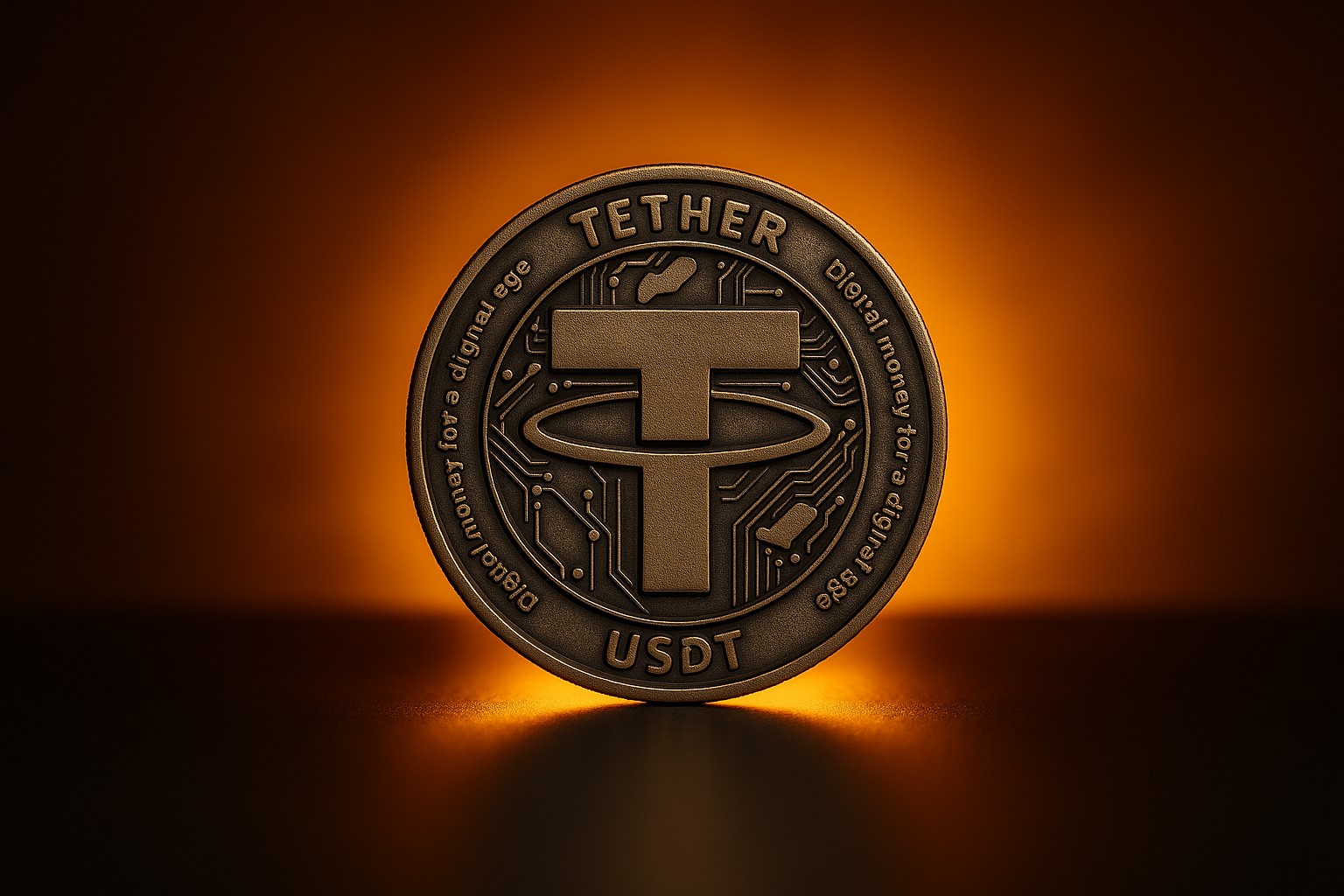Tether is executing a master plan to secure its future beyond USDT, the stablecoin that built its empire. In a bold move, it announced in April a partnership with Bitfinex, SoftBank, and Cantor Fitzgerald to launch Twenty One Capital — a Bitcoin-focused public company — and boosted its ownership in Juventus Football Club to over 10%. These moves are part of a growing diversification strategy that Tether hopes will protect it from mounting regulatory and competitive pressures.
USDT’s Role in Shaping the Crypto Economy
Since 2014, USDT has played an unrivaled role in the crypto economy. As a trusted dollar-pegged asset, it facilitated the expansion of exchanges and liquidity pools globally, often making up over half of Bitcoin’s daily trading volume. For users in regions without easy access to U.S. dollars, USDT became a critical bridge to global markets. Its extensive backing by U.S. Treasuries — making Tether one of America’s largest foreign holders — further cemented USDT’s importance in global finance.
A Global Strategy in Response to Mounting Threats
Tether’s decision to move headquarters to El Salvador was strategic, aligning itself with Bitcoin-friendly jurisdictions. Despite El Salvador rolling back Bitcoin’s legal protections, Tether sees opportunity in jurisdictions where traditional banking remains underdeveloped or sanctioned. However, the European Union’s MiCA law and shifting U.S. regulations are reshaping the environment fast. Already, USDT has been sidelined from EU exchanges, and similar challenges loom in the U.S. Tether’s push into new markets reflects a calculated bet that its future lies in adaptability.
Legal Challenges Are Only Part of the Equation
Regulators have accused Tether of facilitating illicit finance — allegations the company firmly denies. But Tether’s leaders understand that a defensive posture alone won’t guarantee survival. They are betting on a strategy of aggressive diversification: investing in real-world sectors that complement their crypto origins. Speculation also mounts that Tether is planning to launch a regulation-compliant stablecoin tailored for future compliance demands.
Beyond Stablecoins: Tether’s Expanding Empire
Tether’s sprawling empire now includes Bitcoin mining through Bitdeer and Northern Data, investments in AI technology via Blackrock Neurotech, decentralized finance projects like Holepunch, and media stakes in Rumble. It has also invested heavily in crypto payments startups like Fizen and energy projects in El Salvador. Each new investment broadens Tether’s exposure to future growth industries — a far cry from its early days as simply a crypto stablecoin issuer.
A New Era for Tether: Resilience Through Diversification
At the core of Tether’s long-term vision is a commitment to resilience. CEO Paolo Ardoino’s philosophy — “build for the apocalypse” — speaks volumes about the company’s intentions. Tether isn’t placing its future solely in the hands of USDT. It’s laying foundations across multiple industries, making it more difficult for regulatory crackdowns or market shifts to destroy its influence. Whether this strategy succeeds remains to be seen, but one thing is clear: Tether isn’t going down without a fight.



